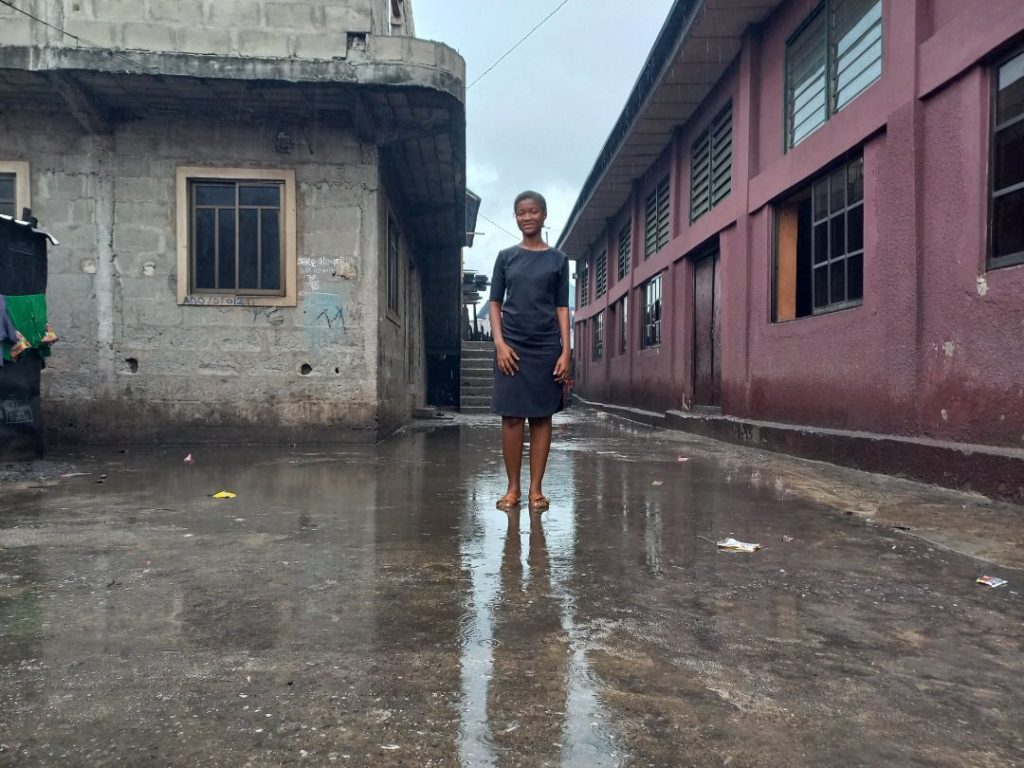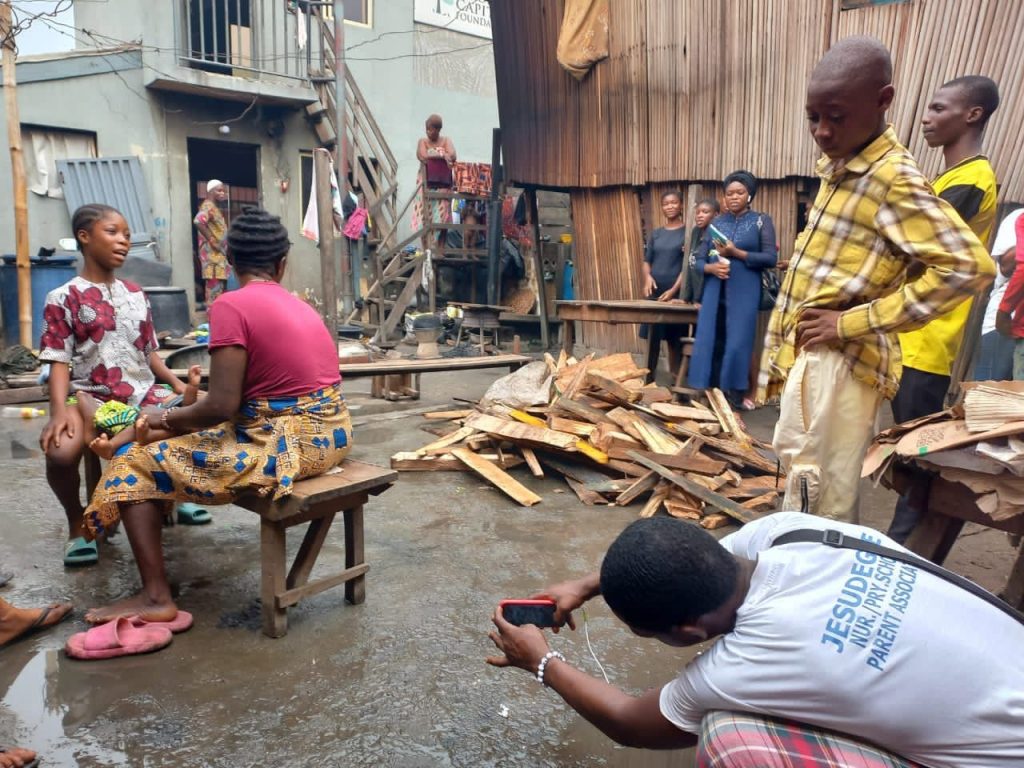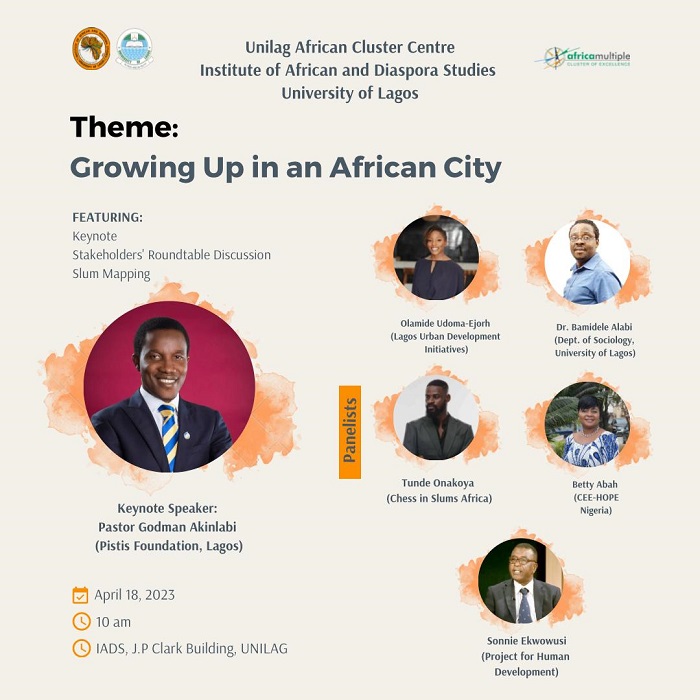Growing up in African Cities: Focus on Low Income Communities in Lagos, Nigeria
The global youth population is growing very rapidly. It is estimated that 80% of the global youth live in Africa, Asia and Latin America (UN-Habitat, 2010; 2012) and it is estimated that by 2050, almost 70% of the world’s children will live in urban areas, most of them in low-income communities (UNICEF, 2021). In Lagos, Nigeria, more than 60% of its residents are poor and live in the in over 100 slums and squatter settlements scattered across the city Badmos, Rienow, Callo-Concha, Greve & Jurgens, 2018; Lawanson, 2020)
This study focuses on the early adolescents age group (10 – 15 years) because these years are a pivotal time when young people begin to discover who they are and their place in the world. It is the period when a child undergoes an enormous physical and psychological changes as well as changes in social expectations and perceptions (World Health Organization, 2002).
The aim of the study is to investigate how young people (between ages 10 -15), living in low-income Lagos communities, use, perceive and grow in their local environment with a view to applying this knowledge to develop insights into how urban environment can be better designed and/or planned. The study seeks to answer the following questions in the context of Makoko, arguably Nigeria’s largest slum community:
- What do young people know and perceive of the quality of their environment?
- How do young people respond to the prevalent challenges of urban life, including COVID-19?
- How does information technology such as smart phones and other technological “way-finding” devices impact their knowledge, understanding and experience in the environment?
4. What are the indicators of an optimum youth friendly urban environment?



